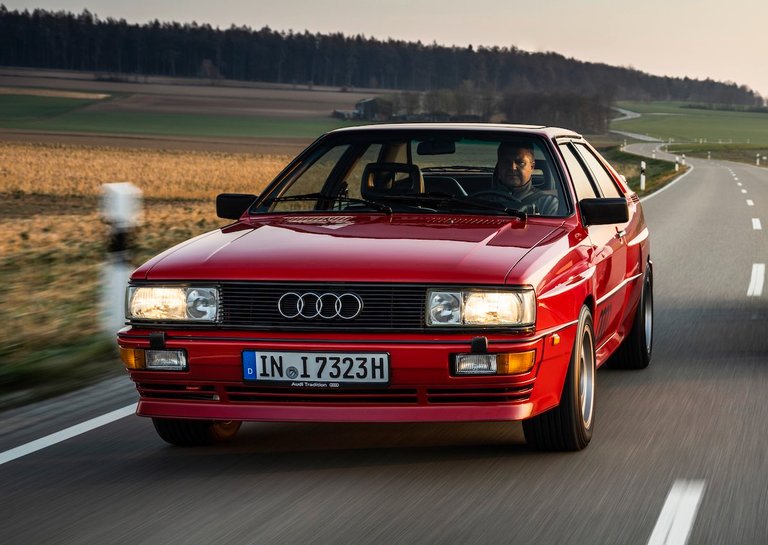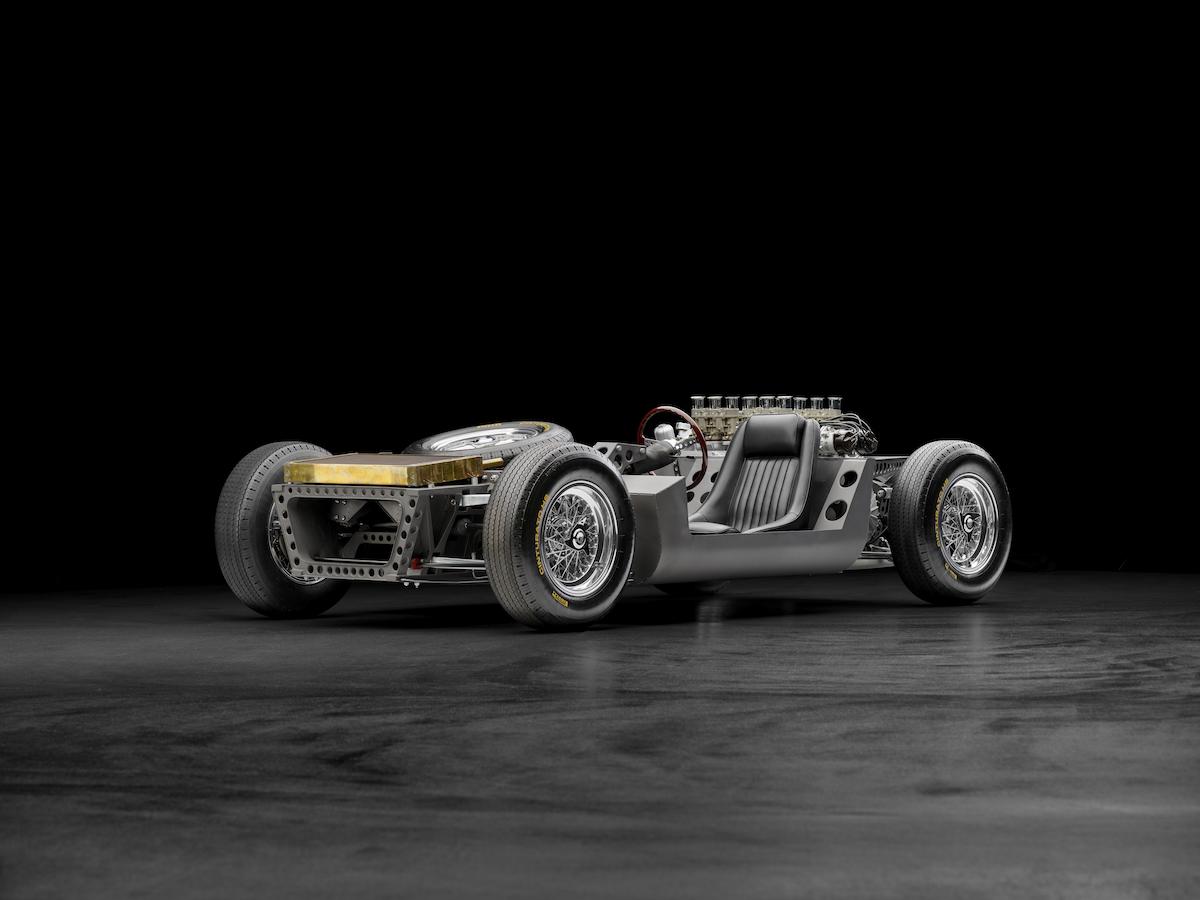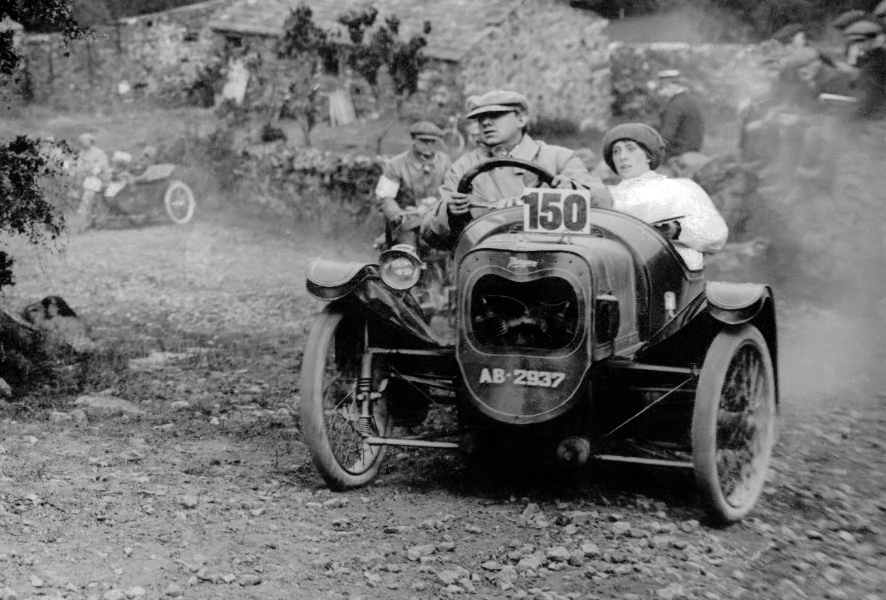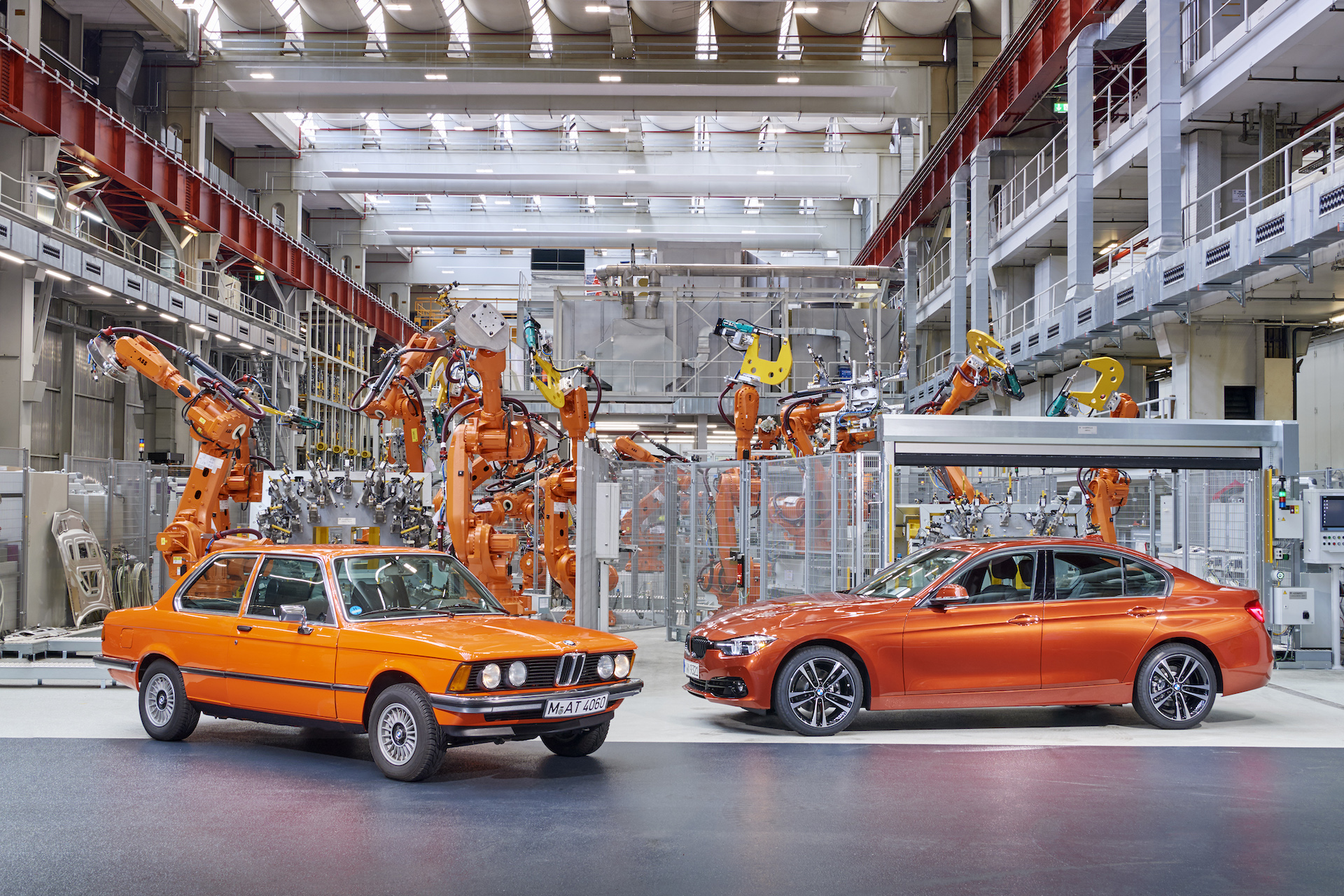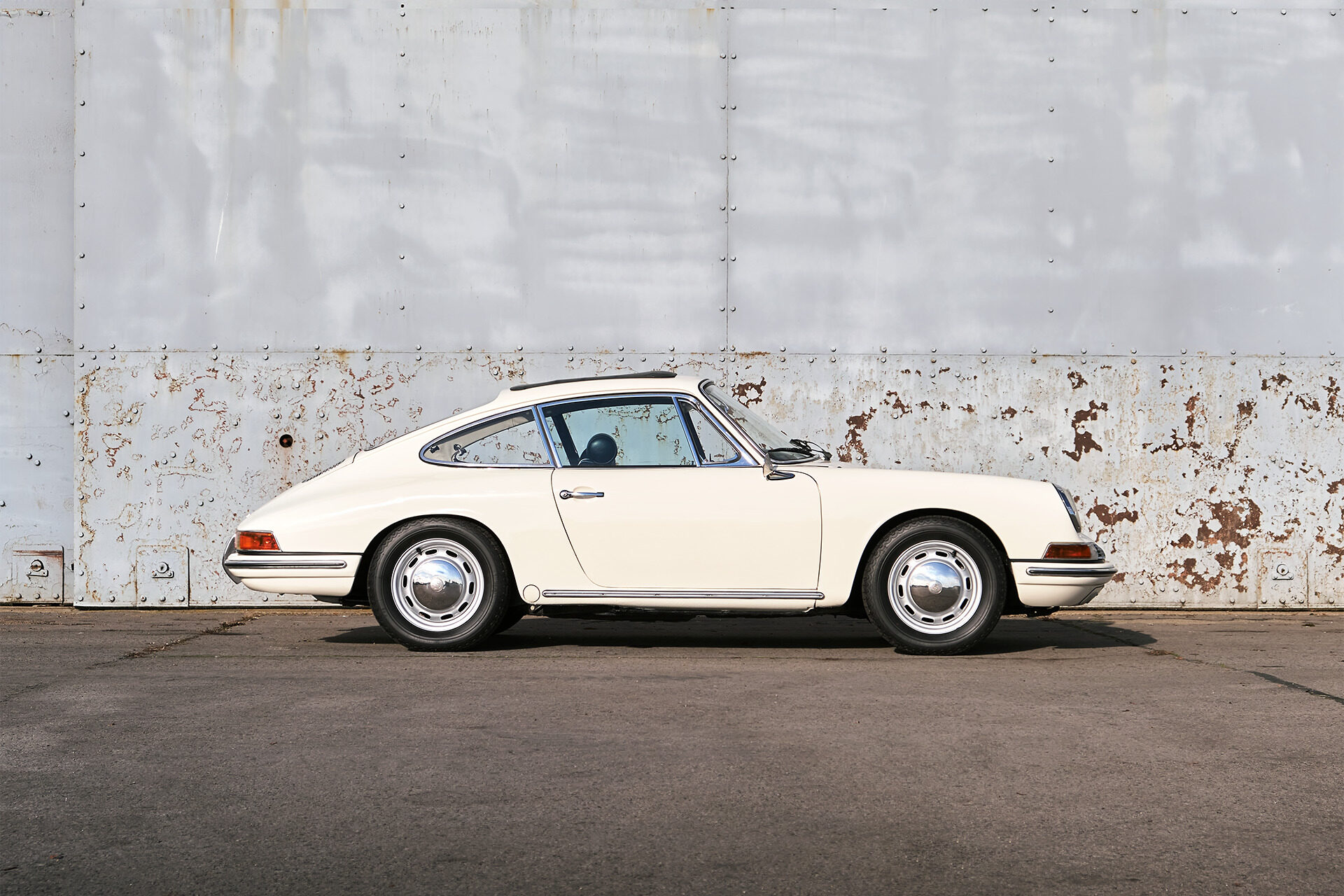How winter testing in Scandinavia with a VW military vehicle gave Audi engineer Jörg Bensinger the idea for the landmark Audi Quattro.
It was around the middle of 1980 that Australians first got word of a mysterious machine, an everyday five-seater that would re-write the rule book of supercar performance. Even harder to grasp was that this thing was built by Audi, a Euro-bland, middle-luxury brand that mostly just rearranged Volkswagens.
By the end of 1981, the Quattro would be the best-known Audi in the world, having run away with the Swedish, San Remo and RAC world-championship rallies – variously on snow, tarmac and gravel.
The Quattro had its origin in snow, but not at rally speeds. In the European winter of 1976-77, VW-Audi chassis test engineer Jörg Bensinger was in Scandinavia testing quite different cars: Audi’s novel five-cylinder turbo 5E 200 sedan, and Volkswagen’s Iltis military vehicle.
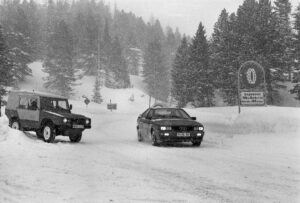
The VW Iltis, a military vehicle, was what led to Audi adopting all-wheel drive for its road and rally cars (Image: Audi AG)
It was not lost on Bensinger that the 56kW, all-wheel drive Iltis could out-corner the 127kW, front-drive 5E 100 in slippery conditions, while the sports-suspended sedan naturally galloped away on dry surfaces. Bensinger looked at one, then the other, and thought: hmmm…
With the go-ahead from chief engineer Ferdinand Piech, a mule was built in March 1977 combining an Audi 80 coupe body, Iltis 4WD running gear and the 2.1-litre, five-cylinder turbo engine. A MacPherson front end was reversed for the rear suspension.
The Iltis’ cumbersome, manually engaged 4WD system was unsuited to the powerful passenger car requested by Piech. Audi transmission whiz Franz Tengler devised a clever and compact solution that averted the need for an external forward prop-shaft.
Instead, a hollow output shaft took drive to the centre differential. Inside this hollow shaft, a small prop-shaft returned half the torque to the front differential. Early Quattros had manually lockable centre and rear diffs; in 1987 came an automatic Torsen (torque-sensing) centre diff.
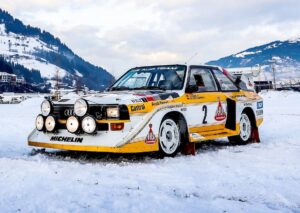
By the end of 1981, the Quattro had won world-championship rallies on snow, tarmac and gravel (Image: Audi Communications Motorsport)
Audi’s brilliant hollow-shaft solution provided a full-time 4WD system that occupied barely more space than front-drive alone. The name ‘Quattro’ was coined by Walter Treser, Audi project manager and soon to be appointed as head of Audi Sport.
Formerly a four-cylinder brand, Audi had developed the industry-first, petrol five-cylinder engine as a performance and packaging compromise. As launched in the Quattro, the iron-block/alloy-head, 2.1-litre, intercooled turbo unit developed 147kW.
The engine would undergo minor evolutions, including a 2.2-litre capacity in 1987 and the enthusiasts’ pick, the 162kW/309Nm, 20-valve DOHC of 1989. The Group B homologation Quattro Sport, uniquely, had an alloy block.
Motor sport was in the plan from the beginning. After April 1978 testing that ranged from Austrian mountain passes to Porsche-baiting at Hockenheim, the Quattro got the nod for 400 units to be built, to homologate the car for Group 4 rallying.
Incidentally, the Volkswagen Iltis was no performance machine, but an Audi-prepared example would win the 1980 Paris-Dakar rally, just a few months before the Quattro’s launch at the 1980 Geneva Motor Show.
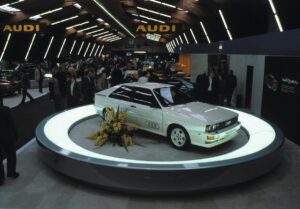
The road-going Audi Quattro debuted at the 1980 Geneva Motor Show (Image: Audi AG)
It was obvious that Audi was onto a winner. The turbo all-paw coupe wasn’t cheap – at DM50,000, it was two-and-a-half times the price of the ‘donor’ 80 GT Coupe – but every Quattro was largely hand built, on a dedicated line.
Neither was it your average supercar. The 147kW Quattro covered 0-100km/h in 7.1 seconds … rain or shine. The downside was its turbo lag. UK mag Motor noted that fifth-gear acceleration from 20-60mph was slower than a VW Polo, yet 60-100mph was faster than a Porsche 911 SC.
The Quattro’s first rally outing was as the ‘zero car’ in the 1980 Algarve Rally, Portugal. Driver Hannu Mikkola’s unofficial stage times would have won the rally by 30 minutes.
Quattro-mounted Michele Mouton’s victory in San Remo 1981 made her the first woman to win a WRC rally. She won three more in 1982, the first year of Group B, to be second in the championship. Quattro would win two manufacturers’ titles (1982 and 1984) and two drivers’ titles (Mikkola 1983, Stig Blomqvist 1984) in its WRC career.
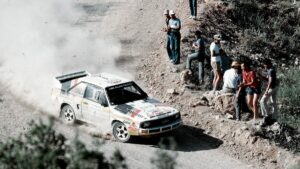
The Quattro won two manufacturers’ titles and two drivers’ titles during its WRC career (Image: Audi AG)
It almost seemed a shame to cloak this game-changing supercar’s performance in a beefed-up Audi 80 Coupe body. But the Quattro’s understated looks and five-seater practicality foresaw other daily-use bahnstormers like the Mercedes-Benz 190E 2.5-16 and BMW E30 M3.
Only 11,452 Quattros were built over 11 years, with minimal changes including revised suspension in 1984, a facelift in 1985, and the already mentioned drivetrain upgrades. From 1983 until 1987 the Quattro came with a quirky (and unreliable) electronic dashboard, with voice warnings supplied by Bavarian Radio 3 traffic announcer, Patricia Lipp.
The Quattro was a homologation car that found its niche in production. Audi’s eventual Group B homologation version of the Quattro – the stubby Quattro Sport (224 built) and evolution S1, with up to 440kW and capable of 0-100km/h in 3.1 seconds – was simply too transcendental for this earth.
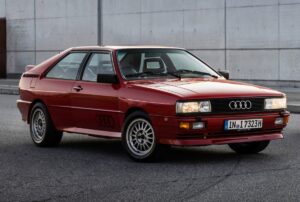
11,452 units of the Quattro were built between 1980 and 1991, although only 400 were originally planned (Image: Audi AG)

